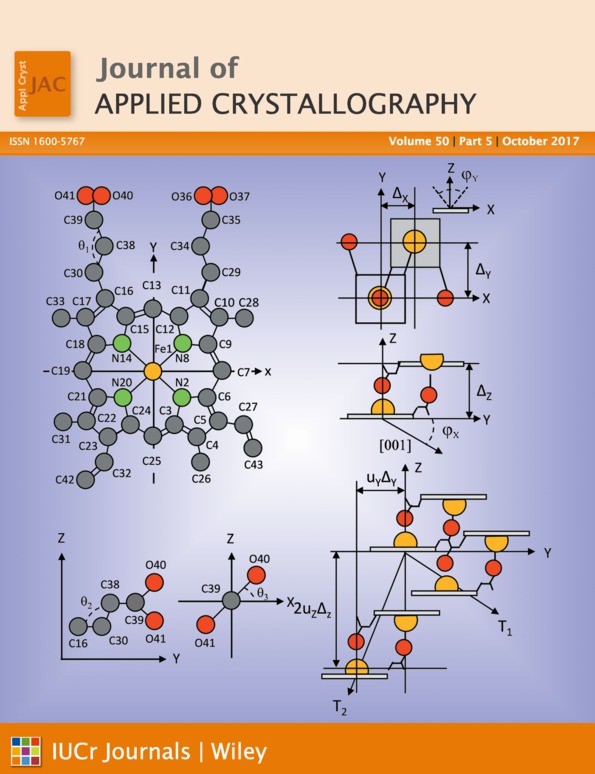Extended model for the reconstruction of periodic multilayers from extreme ultraviolet and X-ray reflectivity data
Abstract
An extended model for the reconstruction of multilayer nanostructures from reflectometry data in the X-ray and extreme ultraviolet ranges is proposed. In contrast to the standard model approach, where the transitional region is defined in advance as a specific function, the transition layer is sought as a linear combination of several functions at once in the extended model. This allows one to describe a much wider class of multilayer structures with different dominant physical mechanisms for the formation of transition regions. The extended model occupies an intermediate position between the classical model approach and the so-called model-free methods. The efficiency of the described method is illustrated in detail in numerical simulations and in a real experiment on the annealing of a multilayer Mo/Be mirror.




